This past Friday, researchers from Museum Victoria aboard the CSIRO research vessel Investigator ended a 31-day voyage plumbing the depths of Australia’s eastern abyss.
Spanning Tasmania to the Coral Sea, forty scientists from 14 organizations and seven different countries managed to collect more than a thousand different species, a third of which were never seen before.
Faceless Fish
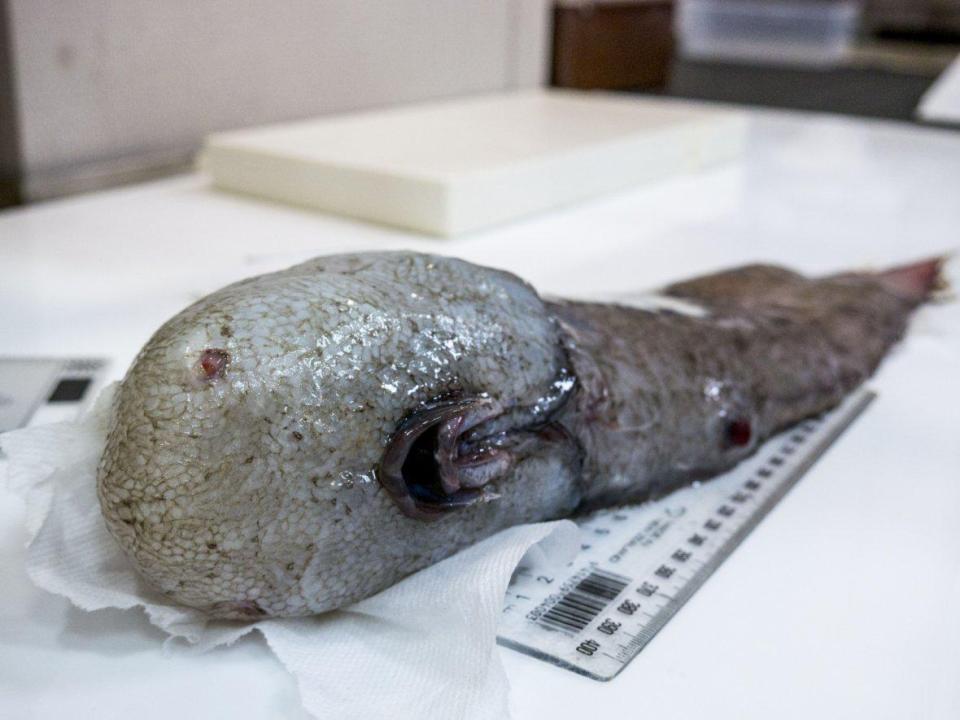
Cookie Cutter Shark
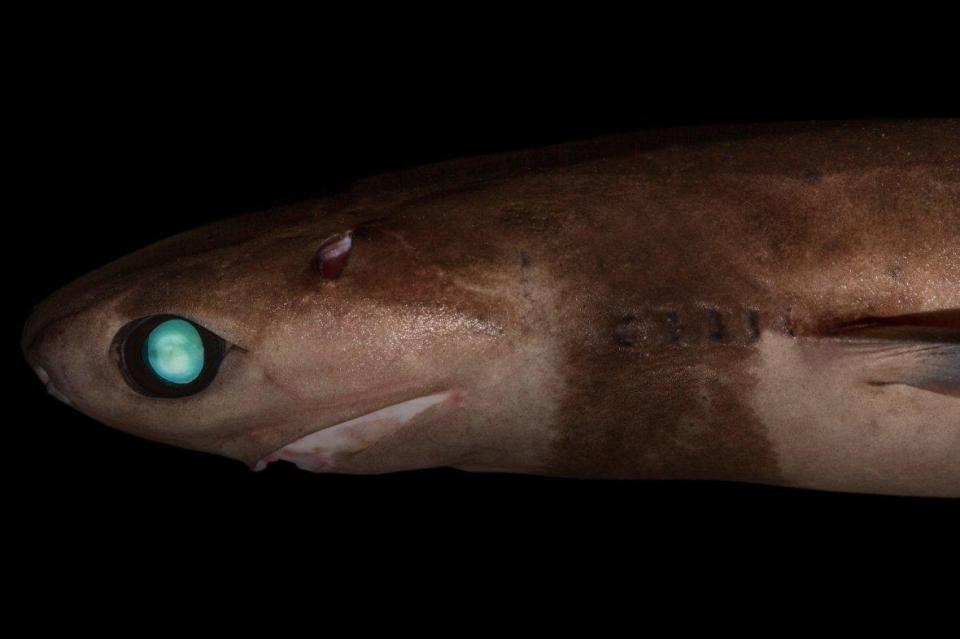
Flesh-Eating Crustacean
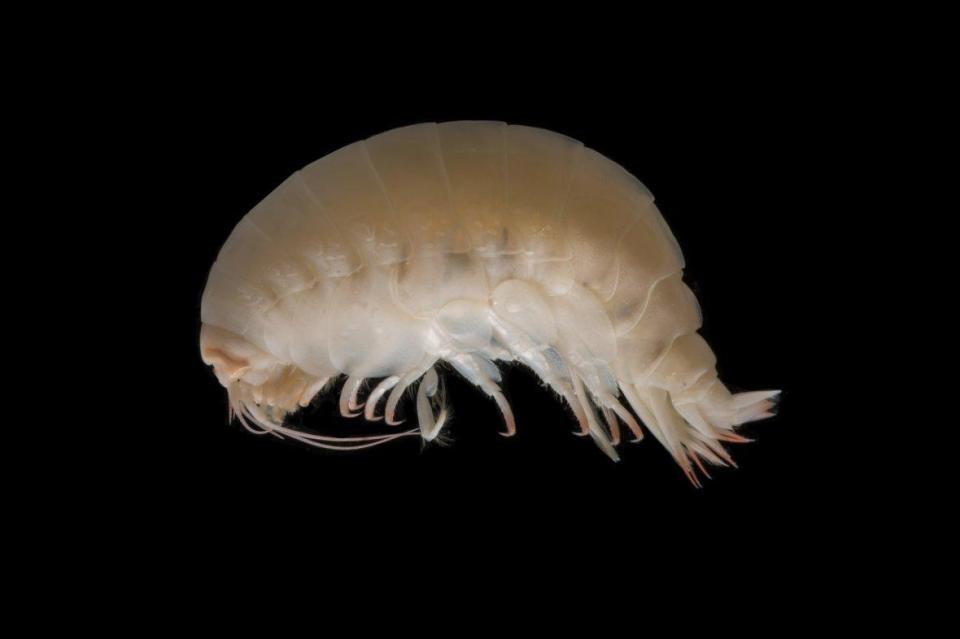
The project’s chief scientist, Dr. Tim O’Hara, described the endeavor as a fishing expedition like no other.
“We’ve never had the capability before.”
The crew gathered 3D bathymetry data by dropping a specially designed camera four kilometers below the surface — a depth previously impossible to reach.
What they discovered in the absolute darkness was an alien landscape permeated by bursts of color. They estimate as many as 80% of organisms on the seafloor have some capacity for bioluminescence.
Dragon Fish
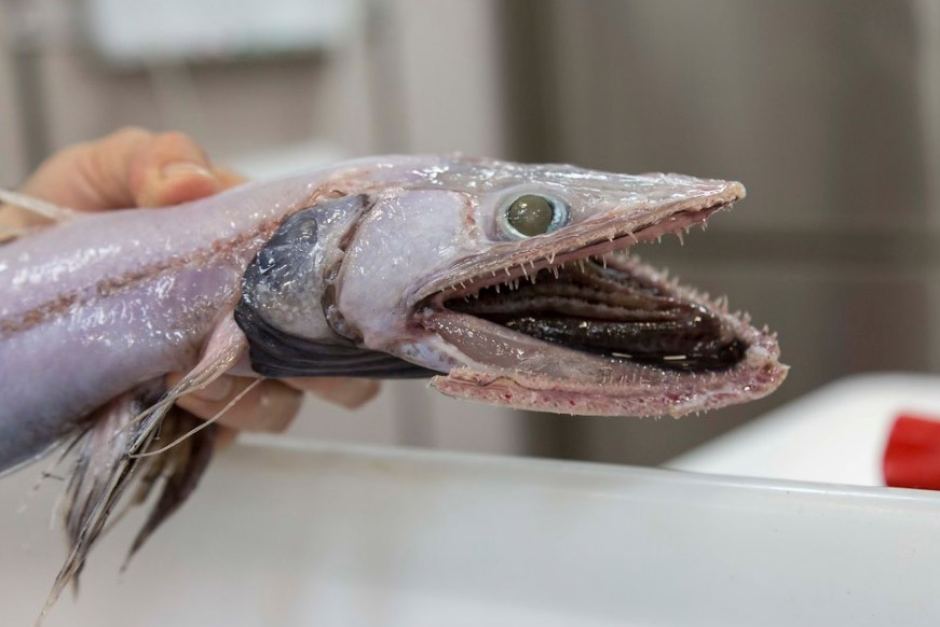
Zombie Worms
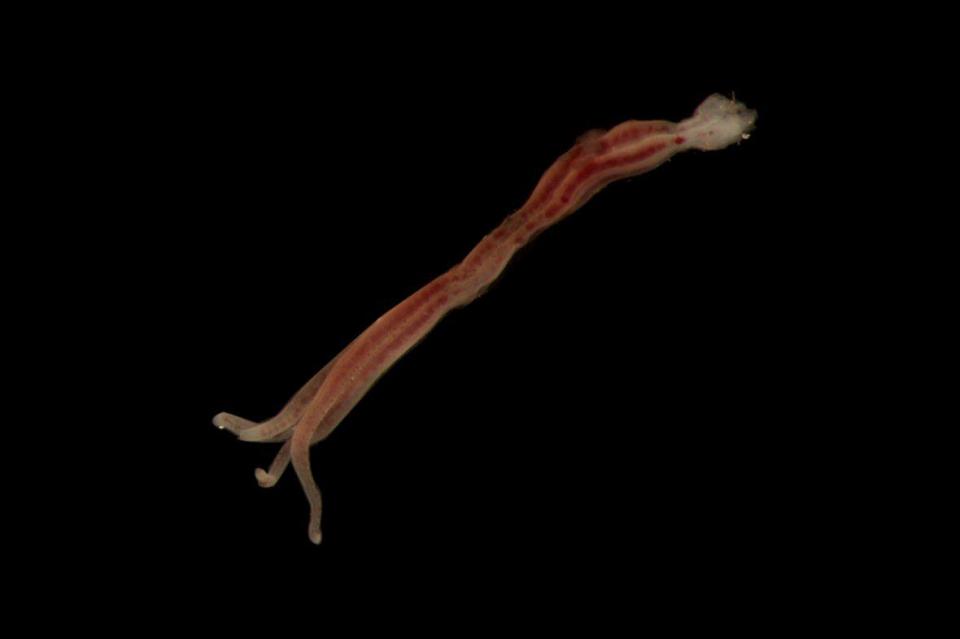
According to Dr. O’Hara, some of their most exciting finds were a lizard and dragon fish with an “amazing variety of teeth”, a faceless fish described as having “such an enigmatic face” despite not actually having one, a new species of blobfish, a bright red coffinfish, and a new species of anglerfish.
Dumbo Octopus
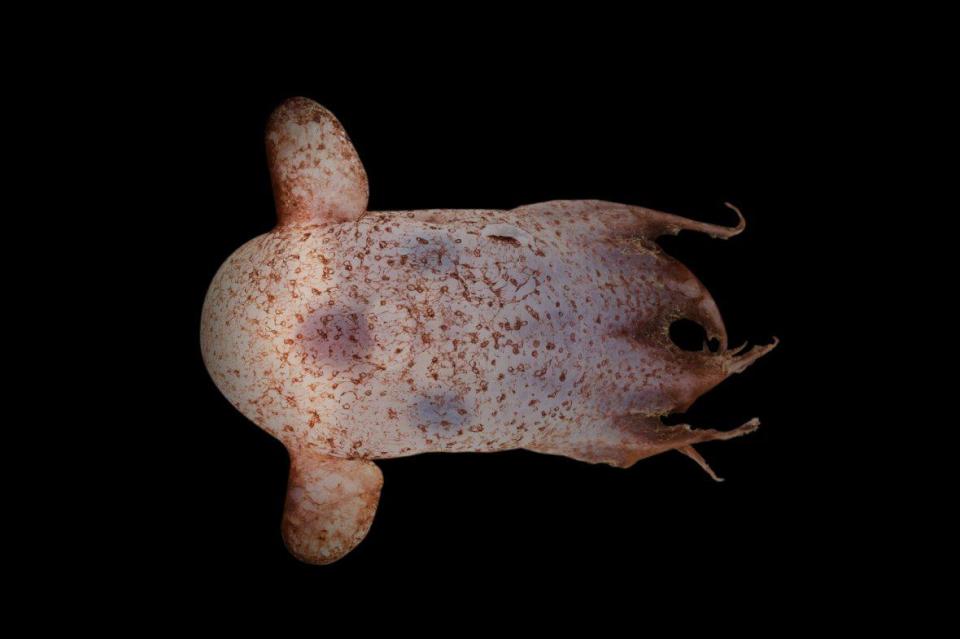
Sea Pig
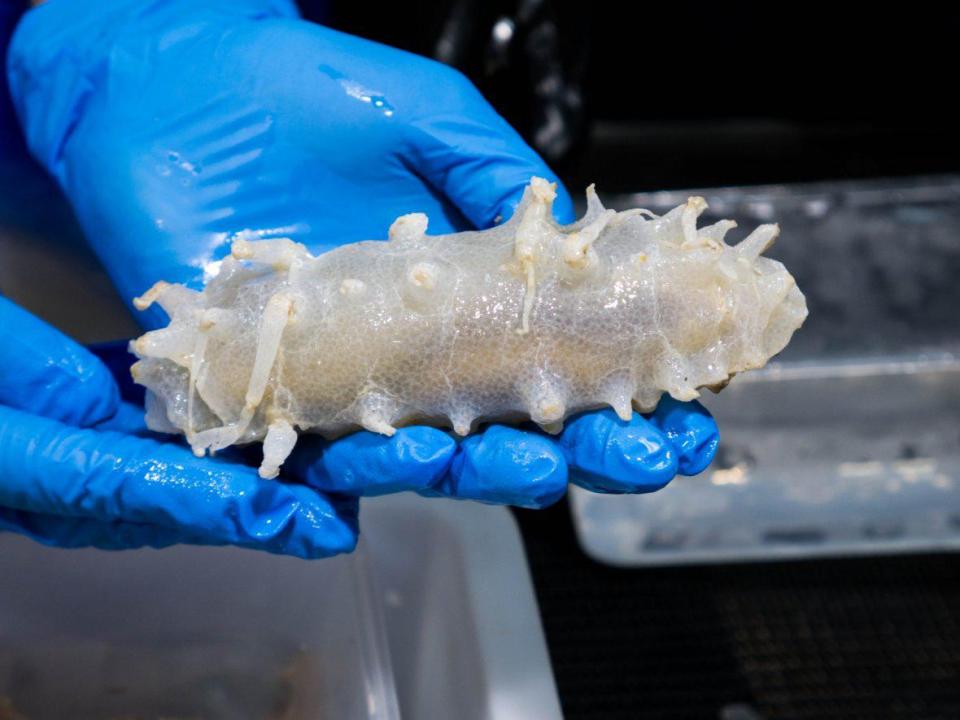
The expedition also found an extremely rare shortarse feelerfish, named for the close proximity of its anus to its mouth, sea spiders, zombie worms, and this peanut worm which looks awfully similar to a penis.
Peanut Worm

“There’s this whole world of mountains and plains and valleys and canyons.
“It’s an amazing environment — there’s no light down there, there’s very little food, it’s crushing pressure and it’s a really hostile environment for life.”
They also discovered a disturbing amount of trash: 200 years worth of rubbish, old bottles, wire, ropes, plastic, and burnt coal residue people have dumped onto the sea.
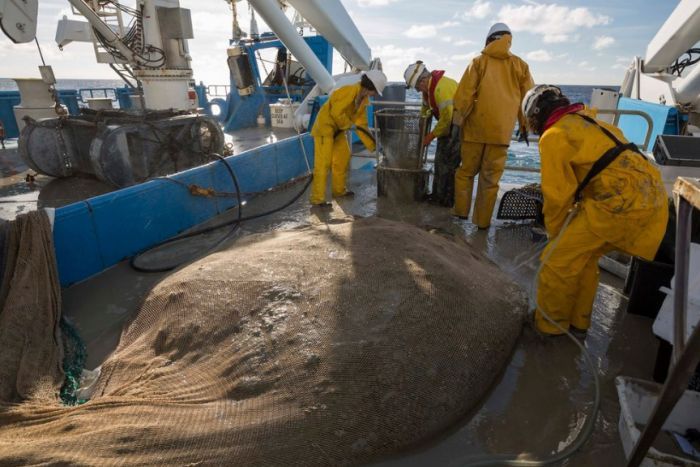
“We’ve done about 50 different small net tows on the bottom and every one of them has brought up a piece of rubbish.
“Everything we do on land affects things we do at sea and that filters down to the deep sea and into the abyss,” Dr. O’Hara said.
The expedition might be over, but the research work has just begun. The collections will eventually become publicly available through the CSIRO (Commonwealth Scientific and Industrial Research Organization) and state and national museums. A selection will go on display at a temporary exhibit at Melbourne Museum later this year.
Blobfish
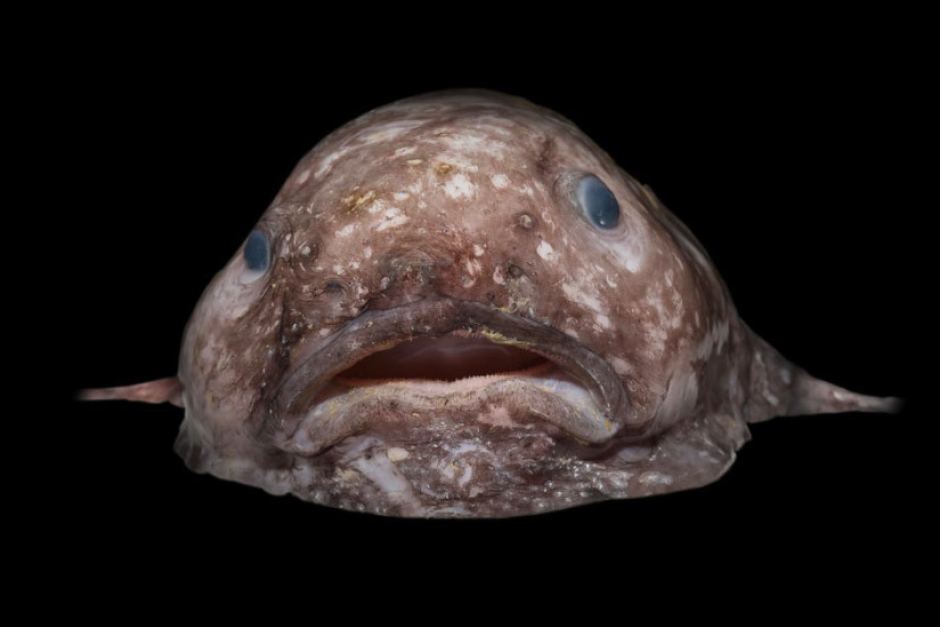
Red Coffinfish
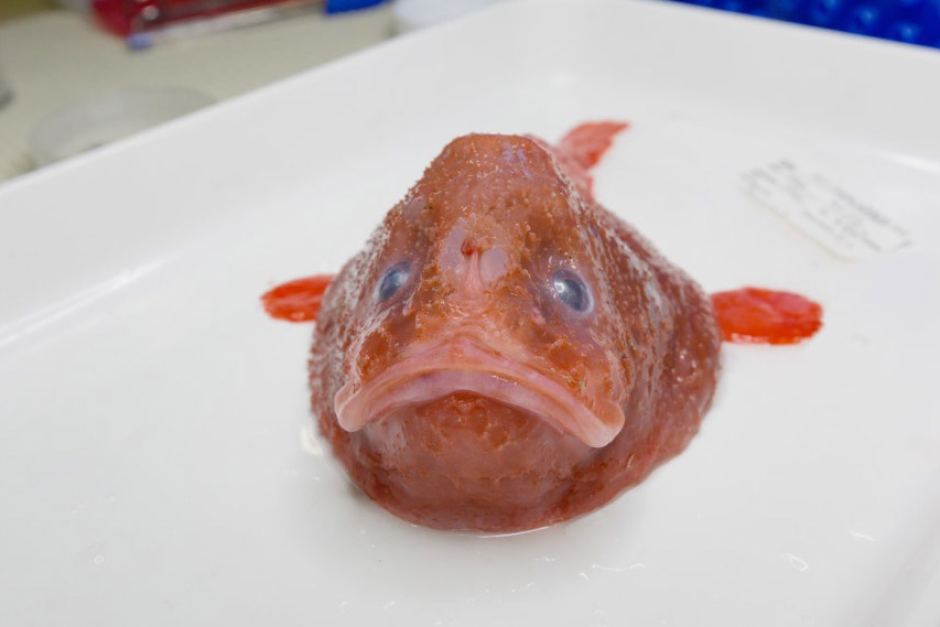
The RV Investigator’s deep sea exploration will continue over the next two years.


